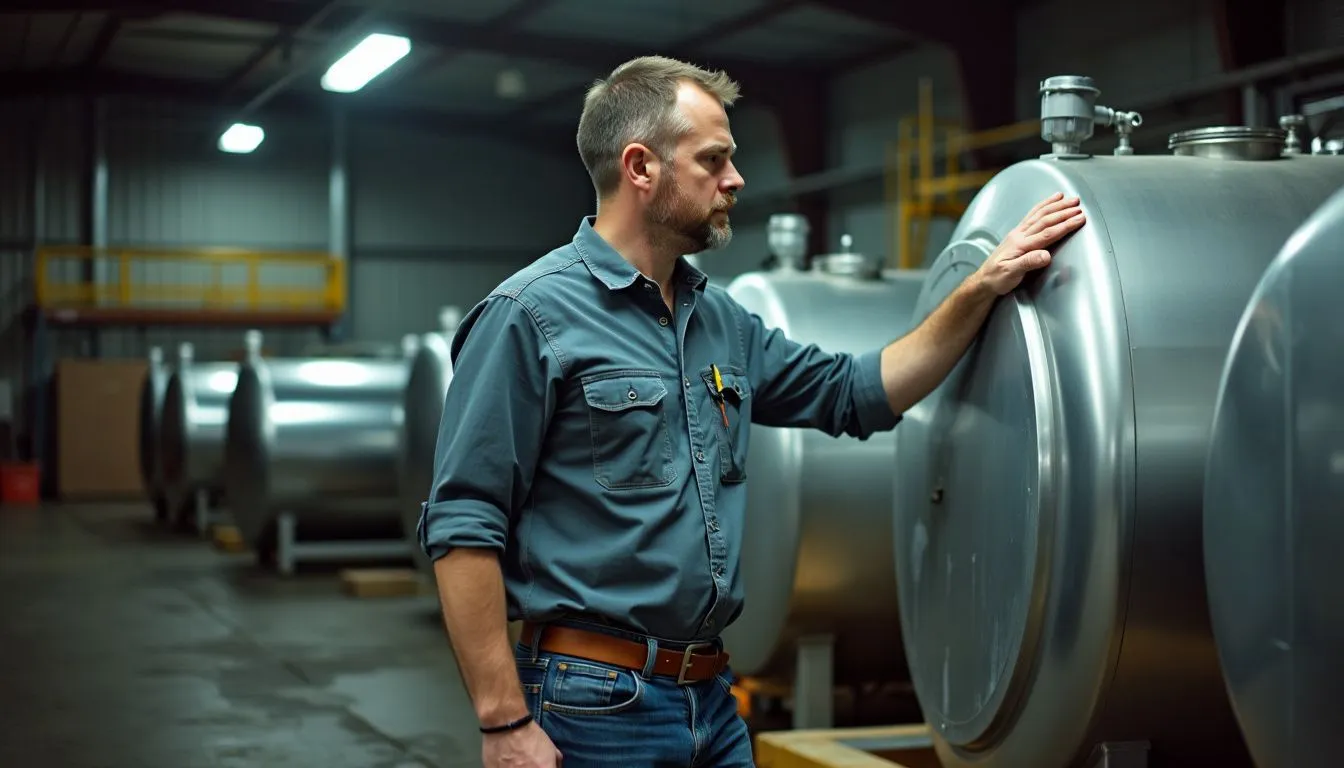
Picking the perfect tank material can be a real headache. After examining the pros and cons of a poly water tank, we’re excited to share our breakdown of steel tanks compared to other materials.
Trust us; it’ll help you make an intelligent choice without all the hassle. And you know what? These tanks have some pretty cool perks worth a closer look.
Key Takeaways
- Steel tanks are strong and durable but need regular upkeep to prevent rust.
- Fiberglass tanks match steel’s strength, resist impacts better, and need less maintenance.
- Plastic tanks absorb impacts well and resist corrosion but can deform under certain conditions.
- Steel is highly recyclable and uses less water than the 300 million metric tons of plastic made in 2020.
- Stainless steel tanks often cost less in the long term due to their durability and slower breakdown rate.
Comparative Strength and Durability of Tank Materials
Steel tanks stand out for their strength and durability. We compare steel to fiberglass and plastic to show why it’s often the top choice plastic water tanks for many industries.
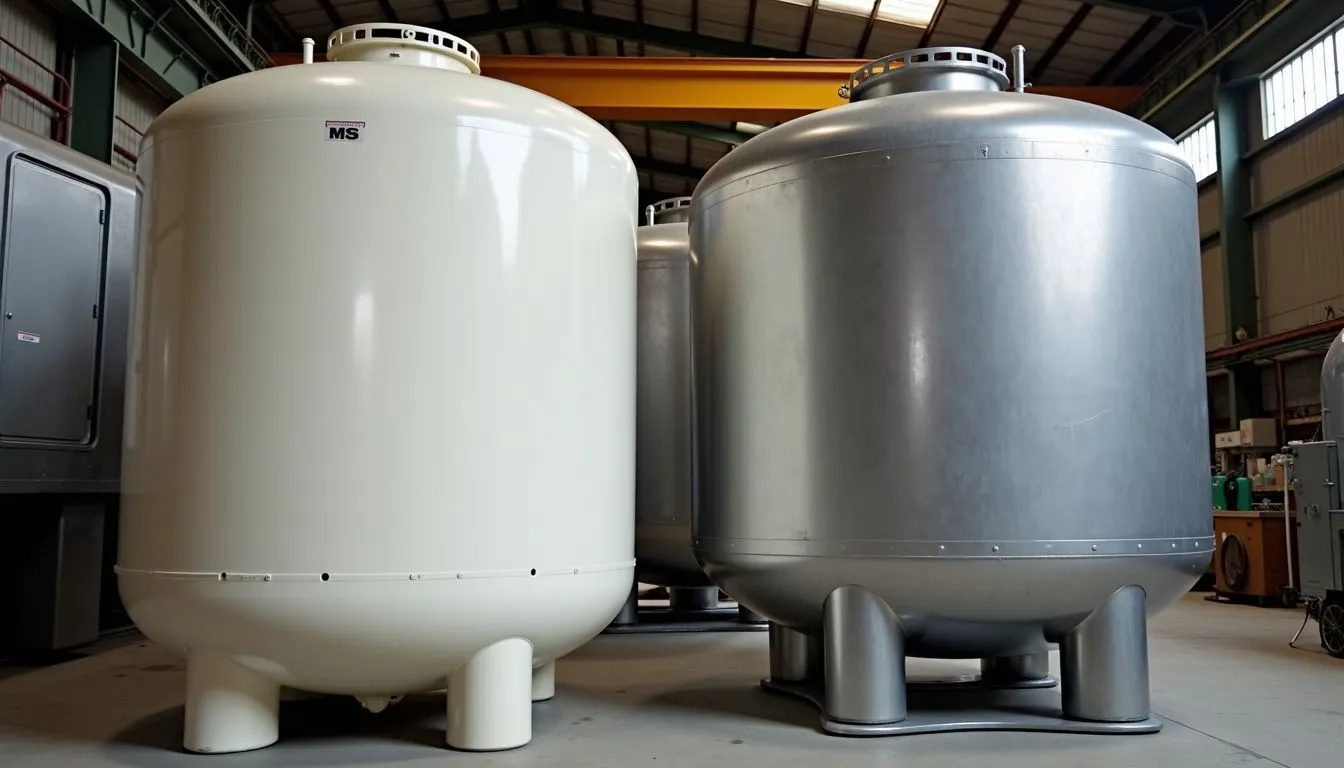
Steel vs. Fiberglass
We’ve compared stainless steel sheets and fiberglass tanks to help you make an informed decision. Here’s a breakdown of their fundamental differences:
| Aspect | Steel | Fiberglass |
| Strength | High tensile strength | Equal strength to steel, more flexible |
| Impact Resistance | Good | Better due to flexibility |
| Load-bearing Capacity | Uniform in all directions | Greater in lengthwise direction |
| Maintenance | Regular upkeep needed | Low maintenance, long-lasting |
| Corrosion Resistance | Prone to rust | Highly resistant, ideal for harsh environments |
| Electromagnetic Properties | Conductive | Non-electromagnetic, reduces EMI risk |
| UV Protection | Naturally resistant | Requires gel coating |
Fiberglass tanks offer unique benefits over steel. They match steel’s strength while providing better impact resistance. Their lengthwise strength makes them ideal for load-bearing uses like ramps. Fiberglass excels in corrosive settings, needing little upkeep and lasting decades. Its non-electromagnetic nature reduces EMI risks. A gel coat protects fiberglass from UV damage, ensuring longevity.
Steel vs. Plastic
Steel tanks and plastic tanks each have unique properties that suit different needs. Let’s compare these materials to help you make an informed decision for your project.
| Steel Tanks | Plastic Tanks |
| Strong and resistant to warping | Better impact absorption |
| Cost-effective | Resistant to corrosion |
| Fully recyclable | Lightweight and easy to install |
| May corrode with alcohol-based fuels | Can deform under certain conditions |
| 22-25% market share in 1993 | Predicted 50% market share by 2000 |
Our comparison shows that both materials have their strengths. These tanks offer durability and recycling benefits, while plastic tanks resist corrosion and absorb impacts well. The choice depends on your specific needs and the type of liquid you’ll store. Consider these factors carefully to select the best tank for your project.
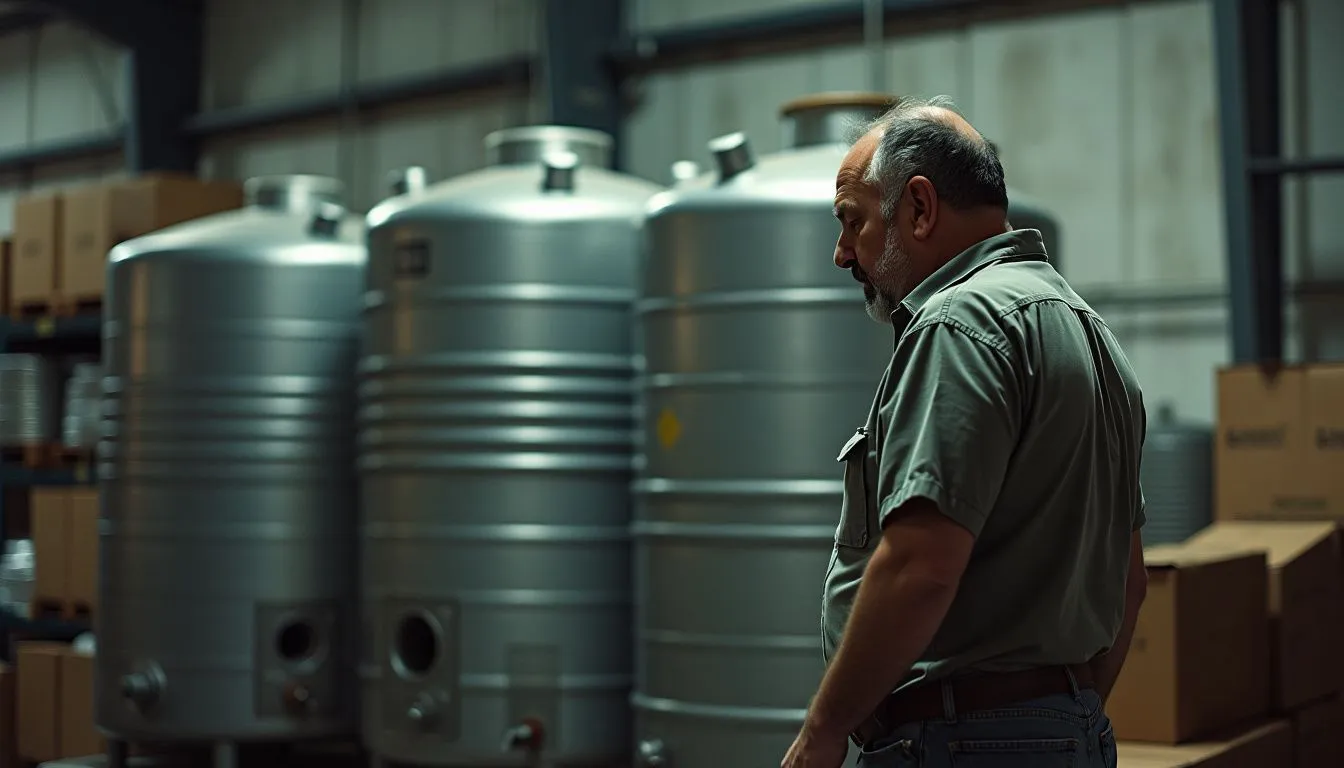
Environmental and Maintenance Considerations
Environmental and maintenance factors play a crucial role in choosing tank materials. We’ll explore how different poly tank materials stack up regarding eco-friendliness and upkeep needs.
Recyclability and Eco-friendliness of Materials
At Extreme Industrial Coatings, we prioritize eco-friendly materials in our tank choices. Steel stands out as a top pick for its high recyclability. In 2020, global plastic production hit 300 million metric tons, raising concerns about waste.
On the other hand, steel uses less water in production and can be recycled many times. This makes it a greener option for those who care about environmental impact on the environment.
Effective waste management and recycling strategies are critical in minimizing environmental impacts.
Concrete tanks offer durability but pose recycling challenges. Still, their long lifespan offsets this drawback. We always consider the entire lifecycle of materials when advising clients.
Sustainable design practices help reduce environmental impacts across all tank types.
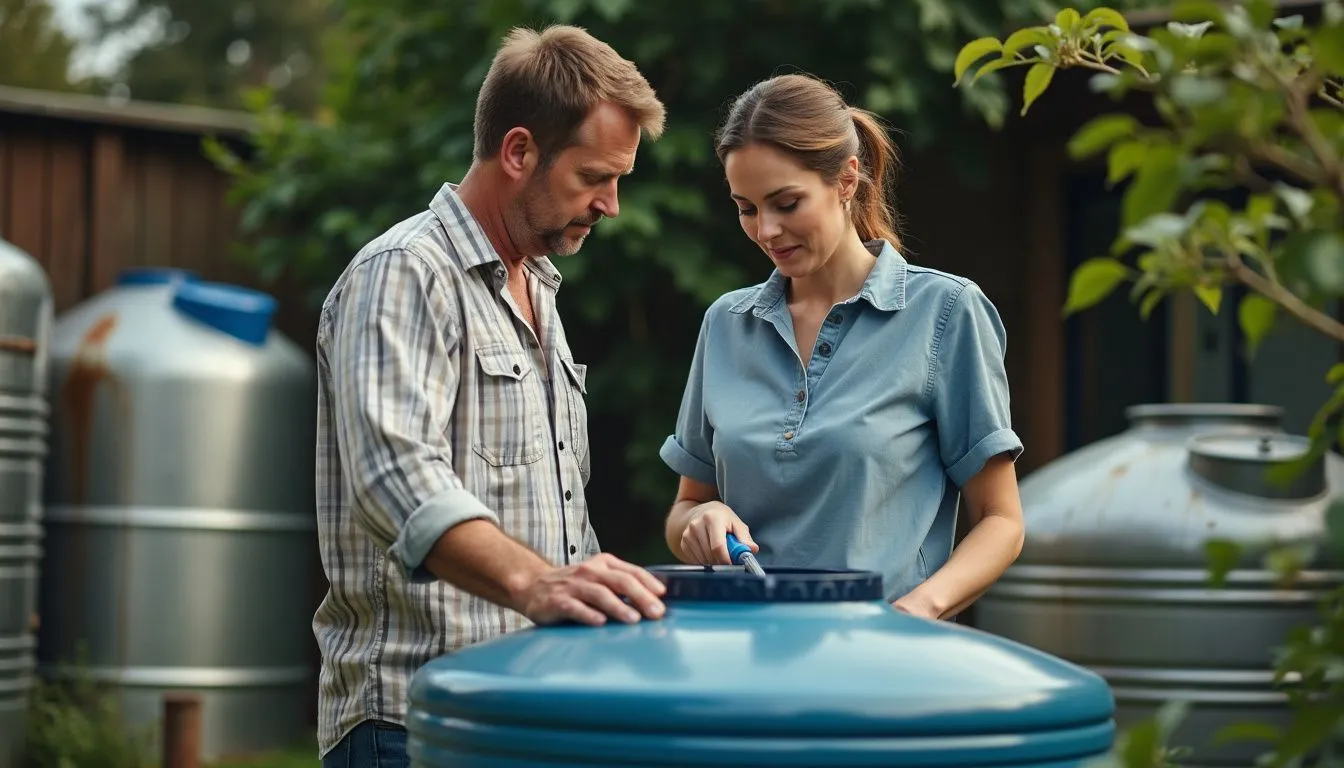
Maintenance Needs and Longevity
Moving from eco-friendliness to upkeep, let’s explore how different our storage tanks will fare over time. Steel and concrete tanks need regular care to stay in top shape. We must check for leaks and keep the insulation strong.
This helps the tanks last longer and work better.
Our team at Extreme Industrial Coatings knows steel tanks can rust, but good coatings greatly help. Concrete tanks fight rust better, but they can crack in cold weather. We’ve seen that stainless steel tanks often cost less in the long run.
They last longer and don’t break down as fast. With the right care, any tank can serve you well for many years.
Cost Analysis: Initial and Long-term Costs
We compare the initial and long-term costs of these tanks with other materials. Our analysis covers purchase, installation, and ongoing expenses for different full tank construction options.
Purchase and Installation Costs
Initial expenses for tank materials and setup vary significantly. Let’s break down the costs associated with different tank options:
| Tank Material | Purchase Cost | Installation Cost | Notes |
| Stainless Steel | Lower upfront cost | Higher due to professional installation | Off-site fabrication speeds up assembly |
| Concrete | Variable depends on the size | Higher due to on-site processes | Longer construction times |
| Plastic | Often cheaper than steel | Lower, easier-to-install | Lighter weight reduces shipping costs |
| Precast Concrete | Moderate | Lower than poured concrete | Faster installation than on-site concrete |
Long-term Value and Efficiency
While purchase costs matter, we must look at the big picture. These tanks offer great long-term value. They last longer than other materials, saving money over time. We’ve found that steel tanks can serve for decades with proper care.
Steel’s durability means less replacement and repair. This cuts down on future expenses. Plus, these tanks are highly recyclable. At the end of their life, we can repurpose the material.
This makes steel an intelligent choice for those who want to save money and help the environment in the long run.
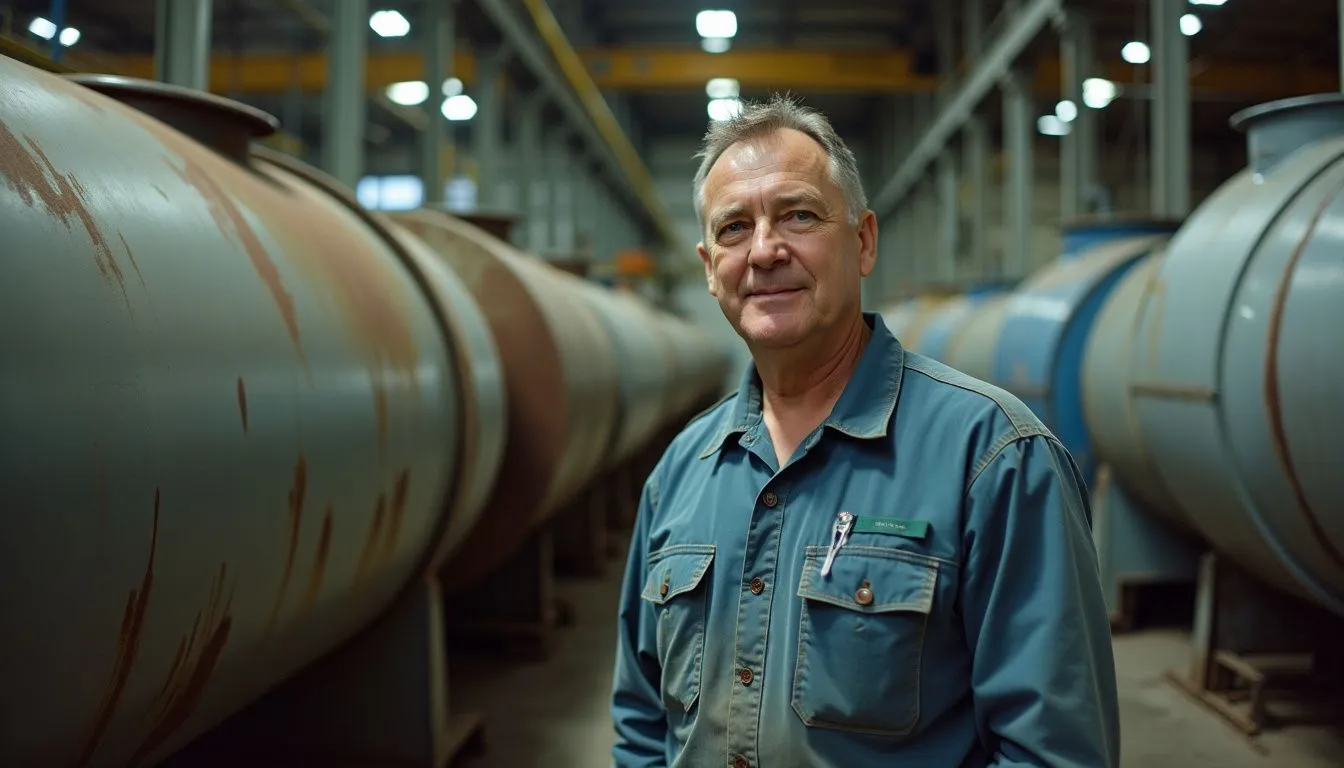
Conclusion
Steel tanks offer unique strengths and flexibility, making them ideal for many storage needs. Yet other materials, like concrete and plastic, have their place, too. Our analysis shows that each option has pros and cons.
The best choice depends on specific project needs, budget, and long-term goals. We encourage careful consideration of all factors and contact Extreme Industrial Coatings before making a final decision.
Contact Extreme Industrial Coatings today for 20+ commercial construction services we offer across California.







Leave A Comment